Written by Lorrie Reynolds
Categories
My Embarrassing Agility Moment in Dog Agility Competition
One of the most embarrassing memories I have in agility happened in 2004. Looking back now, I can put it into perspective, but at the time, I was kicking myself.
It was my very first national agility competition (NADAC) and I was entered in Pre-Elite. I’d only been playing the game for two years, and my dog was a lot for a novice to handle. Fast, independent, and full of potential, he made his opinions known if I made mistakes or didn’t cue him early enough.
Back then, the courses at NADAC Championships were 40+ obstacles long (yes, really). Compared to the Open-level weekend courses, it was pretty overwhelming for a newer handler.
We ran pretty well for the first half of the course, and then my mind went completely blank. I was lost. I stood there with my dog barking at me, in front of a ton of spectators, for what seemed like an eternity. It was actually only about 7 seconds (ugh!) before I was firing on all cylinders again and we got back on track and finished the course.
I later learned that getting lost on course happens to almost everyone (although maybe not at a national competition). It’s more common for beginners to have an issue, but even very experienced competitors can blank while running.
Learning to Memorize Dog Agility Courses Isn’t Always Easy
Memorizing dog agility courses can be difficult, especially for beginners or new competitors. With so many twists and turns, it is easy to get lost on course. However, with the right techniques and practice, it is possible to master the art of course memorization and improve your handling skills.
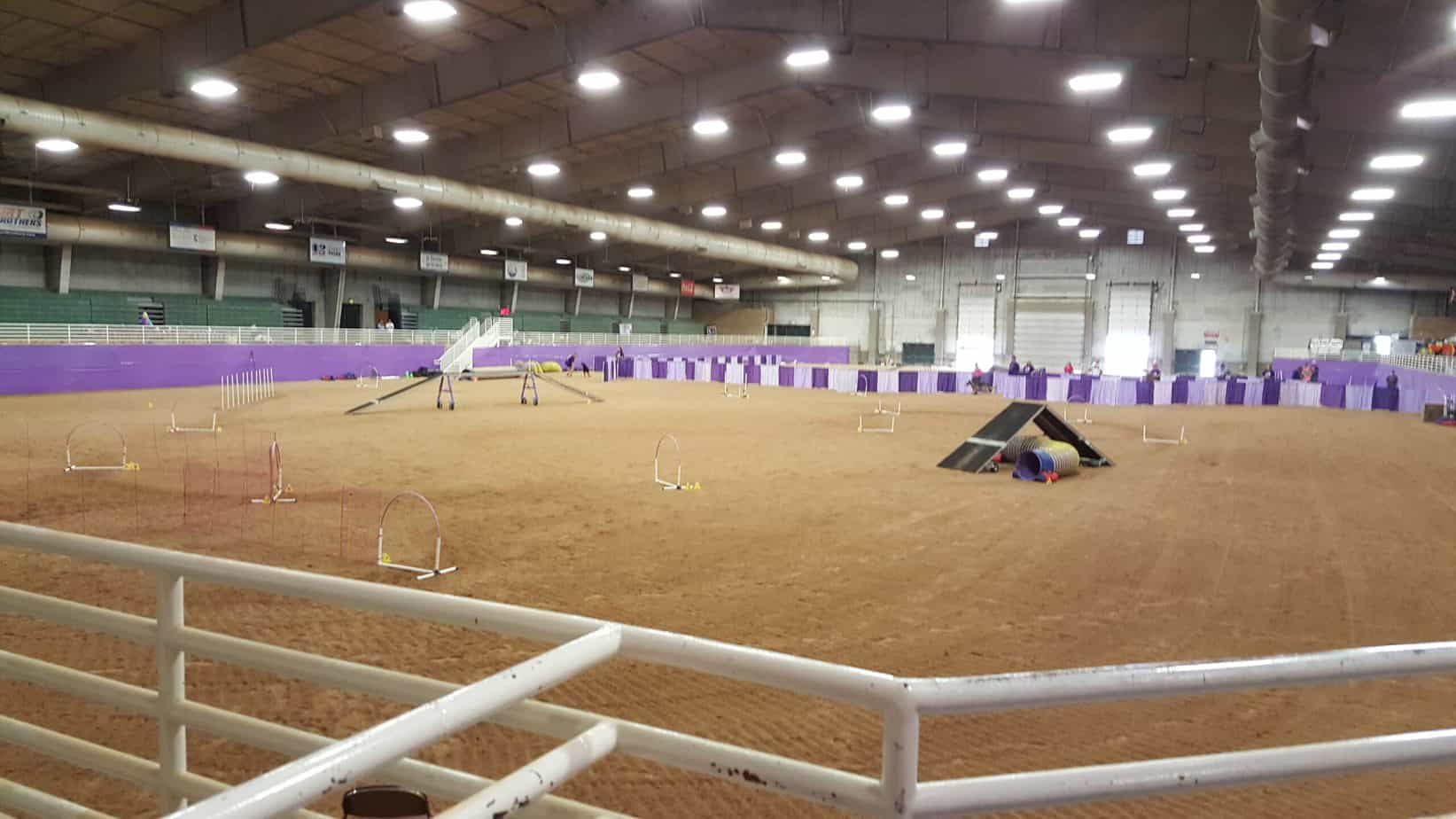
7 Methods to Help You Memorize Dog Agility Courses or Exercises
Here are a few methods that can help you memorize dog agility courses more effectively:
1. Back-chaining: We often use this method to teach our dogs complex behavior chains like a dog walk performance. If you start at the end of the course and focus on the last few obstacles first, then a few before that through the end, and so on, you can build up a “chain” of obstacles and you are always driving toward something you know the best. You may only have time to do this in competition if you have access to the maps before the walk-through.
2. Memorizing sections between large pieces of equipment: Large pieces of equipment, like the dog walk, weave poles, or A-frame, can act as landmarks on an agility course. By memorizing the sequence of obstacles between these landmarks, you can break the course down into smaller, more manageable chunks.
3. Memorizing patterns: Many agility courses consist of a series of patterns or shapes, like serpentines, arcs, or 180-degree turns. By identifying and memorizing the patterns in order, you can group the course into sections to help guide you through.
4. Memorizing your handling maneuvers: Sometimes it is easiest to memorize where you need to handle your dog rather than try to memorize a string of obstacles. If you break the sections up by sequences between crosses, pushes, sends, and so on, it can be easier to remember each section.
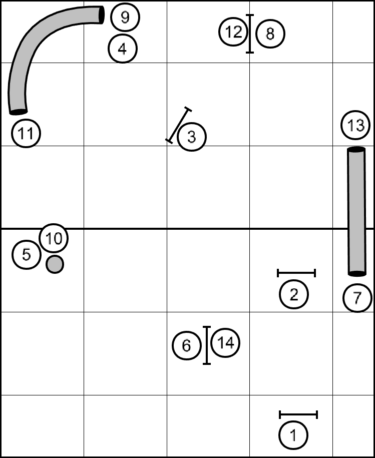
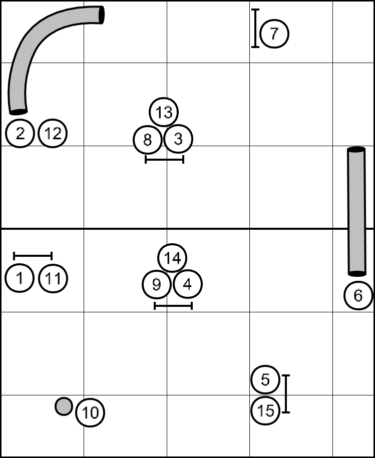
5. Kinesthetic visualization: This is the method we use during the walk through when we physically walk the course and imagine ourselves and our dogs moving through it. After the walk through, you can stand outside the ring and rehearse the movements mentally and physically to help you internalize the course and handling moves.
6. Verbalizing cues on course: If you are an auditory learner, it may help you to verbalize your cues while memorizing the course. Planning, verbalizing, and hearing the cues can help you remember where each sequence falls in the overall pattern of the course. This might sound like “One, two, here, three, go tunnel, five, six, switch, seven, weave,” and so on.
7. Recreating the course on paper: The physical act of writing has been proven to increase the number of connections in the brain. Either drawing the course (to the best of your ability) or writing down the sequence of obstacles can help you remember the order of the obstacles. If you are more of a “words” learner, you can write directions for yourself. For example, you could write “jump, jump, jump, front cross, tunnel, jump, rear cross, weave poles” etc.
Mastering course memorization takes time and gets easier with experience, but if you are struggling in class or at competitions, experiment with these methods to see what works best for you. You’ll be confidently taking on complicated courses in no time!
You Might Also Like…
Five Ways to Crush It at Your Next Dog Agility Seminar
Going to a dog agility training seminar? Check out these five tips to maximize your return on investment!
Read This Before Deciding on Your Agility Dog’s Contact Performance
Which contact performance, running or stopped, is right for your team? The answer might surprise you.
Is Your Agility Dog a Pinto or a Ferrari?
If you’ve moved up from a slow or moderately-fast agility dog to a speed racer, here’s some advice to make your life easier.
Get tips, stories, discounts, and early notification of events and new courses delivered straight to your inbox! Join the community!
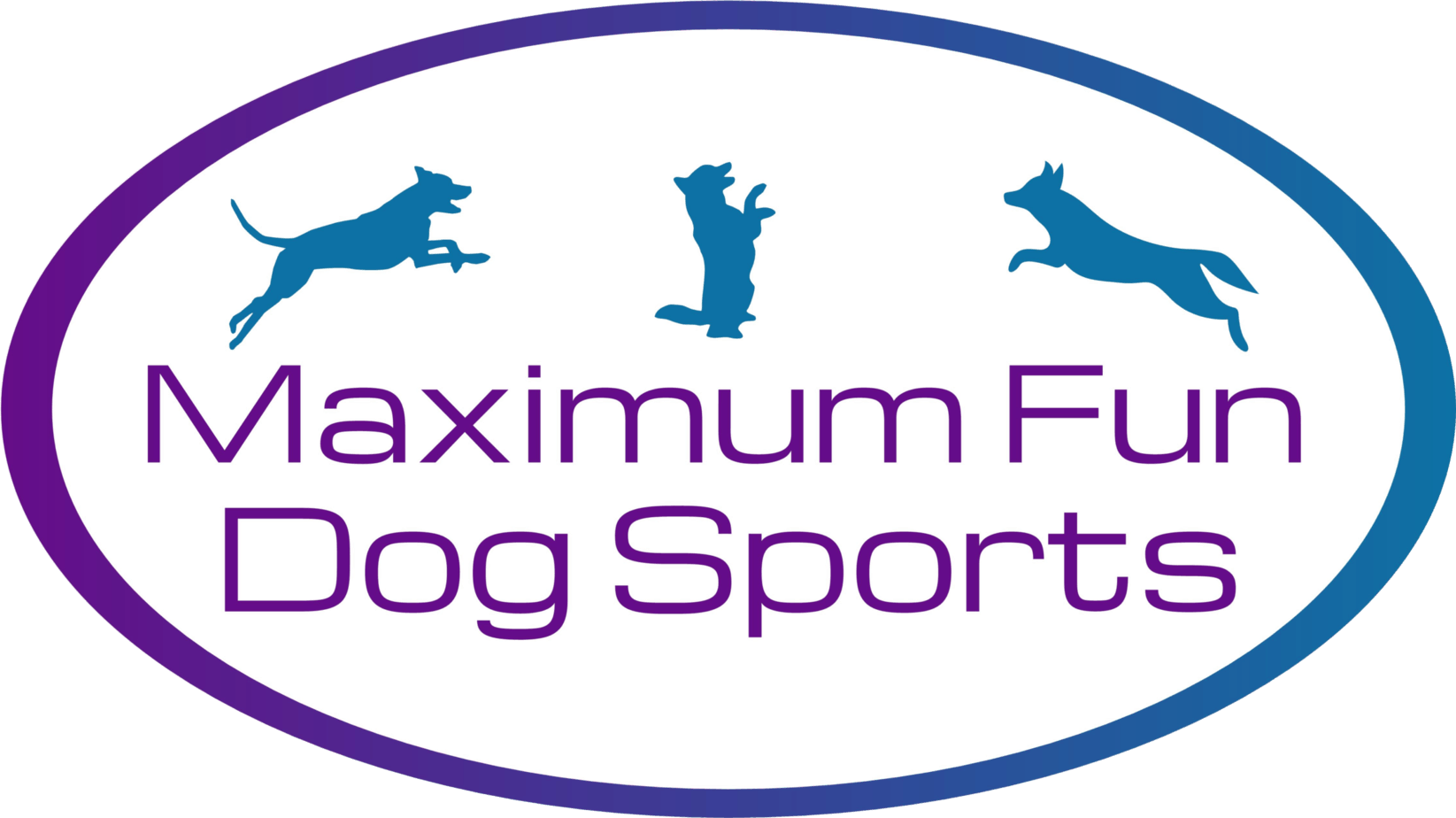
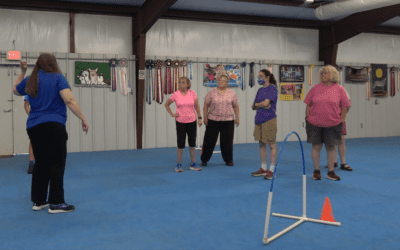
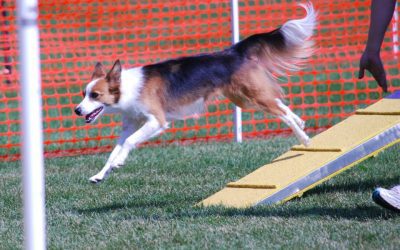
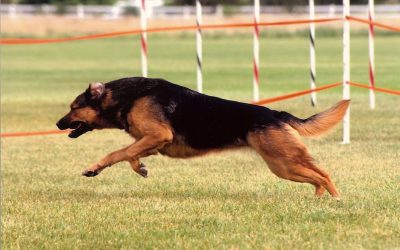
0 Comments